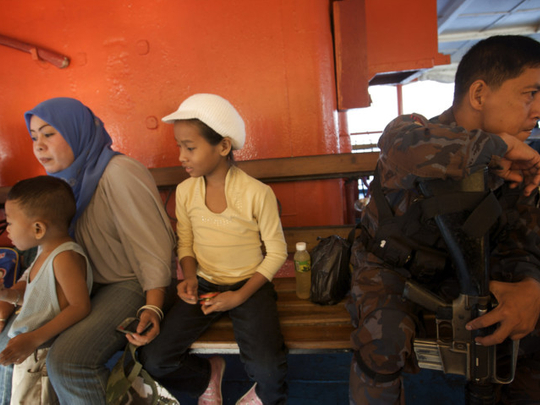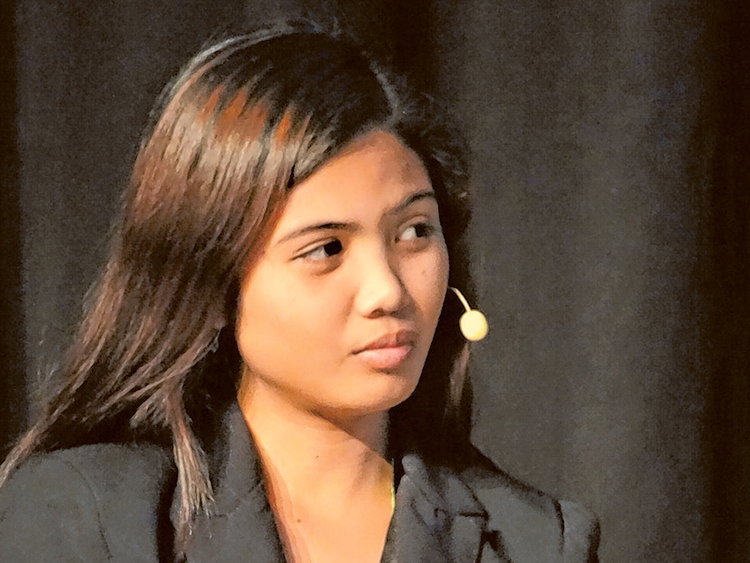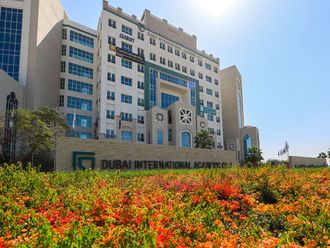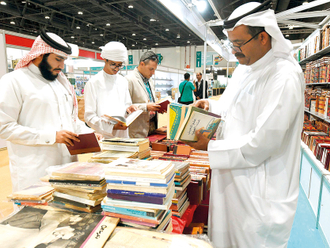
While thousands of Filipino children marched to their classrooms to start another academic year last June, a group of elementary students in southern Philippines was banned from entering their school.
Human Rights Watch reported that the children were not allowed to attend school because the local city government failed to submit their school records and other requisite documents to the department of education (DepEd).
The DepEd was contacted several times via phone but could not be reached for comment.
It was another blow to these children who, for the past three years, have been living in temporary shelters in Zamboanga City, a peninsula southwest of the Philippines. The routine of going to school and being around other children their age has been their only chance at normalcy.
In 2013, conflict erupted between the Philippine military and a faction of the Moro National Liberation Front (MNLF).
The fight dragged on for 19 days in what is now referred to as “the Zamboanga siege”, leaving nearly 200 people dead and displacing more than 100,000 people who were mostly either Muslim or from the indigenous group called the Badjao.
The displaced scrambled to find shelter in the city’s grandstand and schools.
An estimated 170 schools closed for students but opened for families who needed a roof over their head as their homes were burnt to the ground.
A ceasefire was forged but going back to life as it was before proved to be much more difficult.
Transitory sites
As of January 2015, government records showed that more than 1,300 families (more than 6,000 people) continue to live in transitory sites, cramped in shacks of wooden slats and corrugated steel thrown together.
An insurgency problem that goes back more than four decades has plagued much of the Autonomous Region in Muslim Mindanao (ARMM), some 1,300 kilometres from the capital Manila.
While not part of the ARMM, the Zamboanga peninsula is very near the cluster of cities and island provinces that make up ARMM.
The fight for Muslim self-rule is one of the longest running internal conflicts in the region.
An on-and-off battle with the government in a longstanding insurgency, clan feuds, banditry, presence of militia and proliferation of firearms have rendered peace and order elusive for the province.
Any means to survive
Fahada still remembers the siege. She was only 13 then and was among those living in a displacement camp with her family.
“I couldn’t sleep. There were always sounds of gunfire and helicopters flying over us. I was scared,” she said, pulling her veil closer to her face.
Like Fahada, Rosie was displaced by the fighting. As she was a little older, she found ways to make herself useful at the camp, volunteering to help social welfare officers.
“I helped hand out food rations and record information about displaced families.”
Shops shuttered, schools closed and time slowed, but life went on and the girls along with those displaced tried their best to move on — or at the very least survive.
Fahada and Rosie only went back to school after three months. Some of their friends and other children in the camps did not return to school at all.
“School is very important after a disaster or emergency. It provides normalcy and a sense of routine,” said Rebecca Pankhurst, head of the Unicef Mindanao office.
She emphasised the importance of schools as a “safe place” where children can be gathered and monitored for any signs of trauma or shock.
Around them, Fahada and Rosie saw how different people dealt with the despair and insecurity. Friends entered into relationships and often, the girls would get pregnant very early and the young father would disappear. “I saw girls getting married to much older men sometimes,” said Fahada.
The two girls were at the Women Deliver conference in Copenhagen last May to draw attention to education in crisis.
Rosie highlighted the importance of skills training as an integral part of education. Rosie had some classmates who stopped going to school and did not go back after being away too long. “They are embarrassed to be the oldest in their class. But if they learn skills — even if they don’t get a degree — they can still find work later on.”
Apart from the armed conflict, frequent natural disasters also hamper children’s education.
According to a report by Save the Children, the Asia-Pacific region is the most disaster-prone in the world and is 25 times more likely to be affected by disasters than Europe or North America. The Philippines is ranked as the third most disaster-prone country in the world.
In May, the government passed a law that would heighten protection of children during disasters by way of improved family tracing for unaccompanied minors and separate disaggregated data collection to better track children and identify their specific needs. The law also reduces the use of schools as evacuation centres and thus, lessening disruption of classes.
“When put into practice, this law will do much more to prepare and protect children in disasters and emergencies,” said Dennis O’Brien, country director for Plan International Philippines.
Peace talks
In his State of the Nation Address on July 25, President Rodrigo Duterte promised to prioritise development for the Mindanao region.
Duterte is the first Filipino from Mindanao to be elected to the highest office in the country. He promised to put an end to the historical injustices against “Muslim brothers and sisters” and, in his first state of the nation address, vowed to have peace prevail before the end of his year term. He has also appointed several secretaries from the region to his cabinet.
Peace talks were initiated with the communist part in Oslo, and while Duterte has reached out to the MILF and MNLF, the administration has been relatively silent on its plan to move forward on the Bangsamoro Basic Law (or not).
Duterte pleaded with the Abu Sayyaf for peace and the next months issued marching orders to the military to destroy them. Most recently, he wants to do away with the US military presence in Mindanao.
But for children in the restive south, their simple wish is to go to school every day.
– Ana P. Santos is a freelance writer based in Manila













